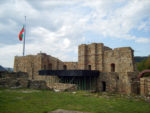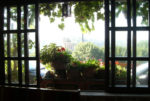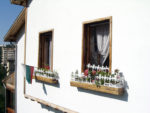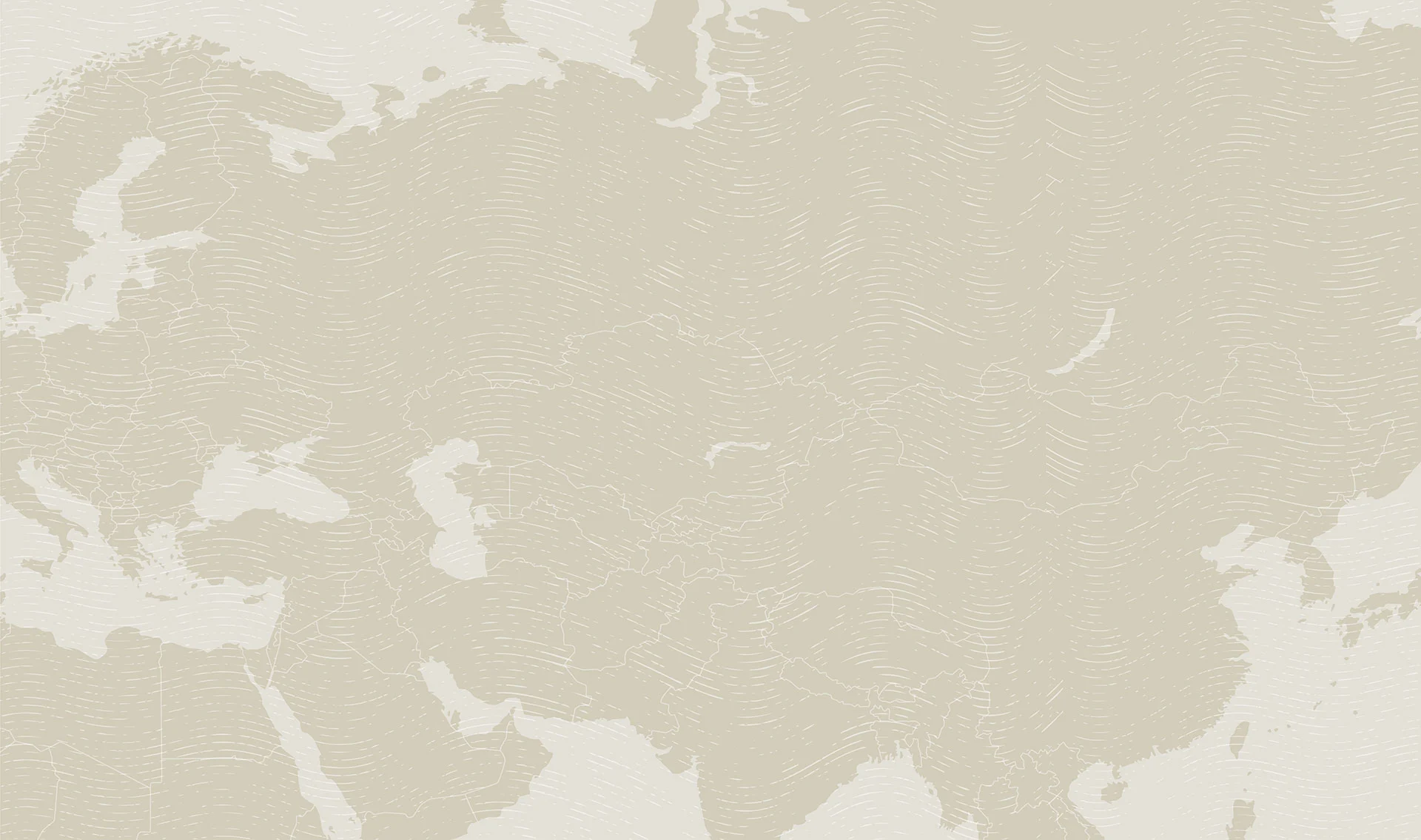Veliko Tarnovo: Bulgaria’s Royally Remarkable Town
Bulgaria might not be a country you typically associate with empire, but that’s only if you don’t know your swashbuckling, bloody, battle-hardened Bulgarian history. It’s as packed with glory and tragedy as Game of Thrones, but without the dragons. And Veliko Tarnovo is its epicenter.

Enjoy our travel guide to this singular city. From its history as the center of an empire, to its architectural masterpieces and its modern day markets, Veliko Tarnovo is unparalleled – and unknown to most travelers.
Why You’ll Love Veliko Tarnovo
When you walk the winding cobbled streets of the Old Town, overhung with timbered “gossip rooms” that nearly touch overhead, you find living evidence of the buoyant Bulgarian National Revival from the late 19th century.

Make your way to the top of Tsaravets Hill, where the Bulgarian Tsars ruled the land from the Royal Fortress for hundreds of years, and feel history in your bones. Admire the modernist frescoes covering the interior of the reconstructed Patriarchal Cathedral, soaring majestically from the top of the hill, and take in the synthesis of old and new.
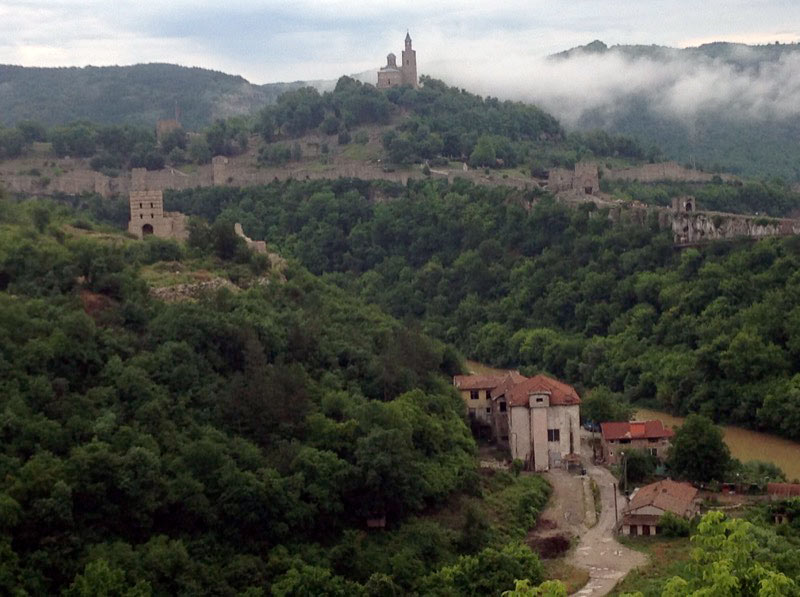
Golden Era – The Rise and Fall of an Empire
The First (7th-11th centuries) and Second (12th-14th centuries) Bulgarian Empires at certain times nearly covered the Balkan Peninsula from the Adriatic to the Black Sea. Battles with the Byzantines and various other principalities raged over the region for hundreds of years.

A golden era began in 1186, when Veliko Tarnovo was named the capital of the newly-declared Second Bulgarian Empire. By the 14th century, the apogee of the empire, the city was considered the “New Constantinople,” and Bulgarian literature, art, and spiritual life flourished.
The Ottoman Turks laid siege to Tarnovo in 1393, bringing down the Bulgarian Empire and subjecting the country to 500 years of isolation and oppression.
The Royal Fortress, Evocative Symbol of Bulgaria
Up on Tsaravets Hill overlooking Veliko Tarnovo is the pride of the town, the Royal Fortress. Its powerful 11-foot-thick walls enclose the medieval inner city where the Royal Palace housed 22 successive Bulgarian tsars, and the Patriarch ruled over the Bulgarian Orthodox faithful from his nearby residence.

The ruins of hundreds of homes belonging to nobles and high-ranking citizens line the restored stone walls, and the spire of the reconstructed Patriarchal Cathedral crowns the summit of the hill.

From the 12th to the 14th centuries, when the Ottomans attacked it, the Second Bulgarian Empire’s primary fortress was impregnable, and is still an evocative symbol of Bulgaria. You can feel the pride that Bulgarians take in their fortress, even as you travel the rest of the country.
(click image to view larger photo)
For modern-day visitors, the dark fortress is the star of an evening light show. It is slowly illuminated with multicolored lights accompanied by moody symphonic music in the nightly Sound & Light Show.

Rescuing Bulgarian Traditions: Bulgarian National Revival
Just as the Renaissance began flowering in Italy, the Ottoman Turks captured the territory of Bulgaria, cutting it off from Europe for the next 500 years. In the monasteries and in the remote valleys of the mountain ranges, monks and lay people conserved Bulgarian history and traditions until the mid 18th century, when Bulgarian culture began to experience a flowering of its own.

As the Ottoman Empire grew weaker, Bulgarian culture grew stronger, with literature, art, education, and architecture taking on a more national flavor. The idea of a Bulgarian national identity strengthened until it united the country in an uprising in 1876.With the help of the Russians, the Turks were finally overthrown in 1878.
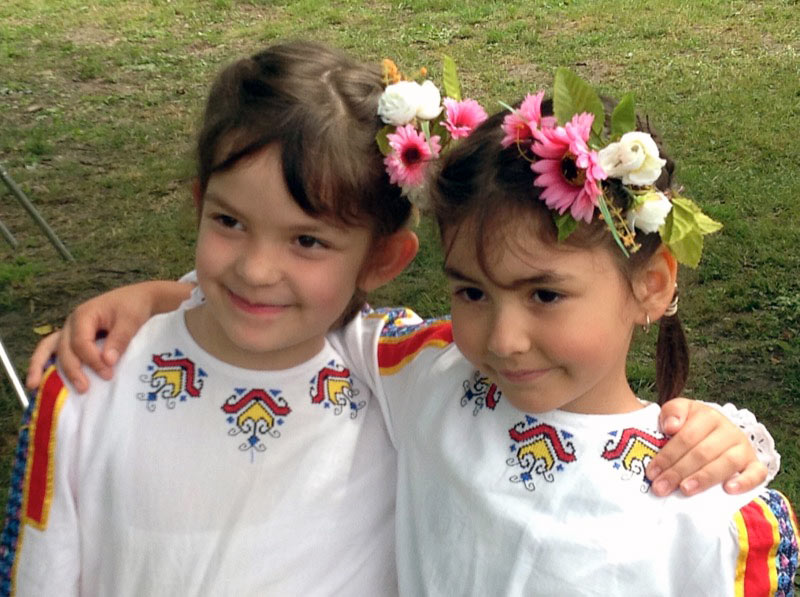
In the old Bulgarian towns, including Veliko Tarnovo, evidence of the Bulgarian Revival remains in the handsome architecture of the homes of that period, with their “gossip rooms” overhanging the streets, and their copious ornamentation.
Get Crafty at Samovodene Market
An enjoyable part of an exploration of Veliko Tarnovo is the irresistible Samovodene Market, recreated on Gurko Street in the Old Town. Long ago the women of Samovodene village came to town on market days to sell their fresh vegetables along these streets.

Today you can find a variety of traditional craftspeople in workshops making and selling pottery, hand-beaten copper items, woodcarvings, paintings and pastries. This is a great place to find high-quality crafts and souvenirs and get a taste of medieval life.
(click image to view larger photo)
What To Do in Veliko Tarnovo
A walk in the Royal Fortress nudges you into that fugue state brought on by touching the historic remnants of nearly-vanished homes. You can so easily imagine their medieval inhabitants walking the stone floors of their living rooms, or eating joints of wild boar in their great halls. The stone foundations of the royal homes are lined up next to each other along the outer wall of the fortress, and must once have made an imposing display fronting the royal road leading up to the palace.

Down below in the 18th and 19th century Old Town, the narrow lanes of timbered houses topped with red tiles are a photographer’s dream, with their backdrop of green hills and stair-step dwellings.

That’s not to mention the four star hotels, charming B&Bs, and pubs serving the antique varietal wine Pamid made from the most popular cultivated Bulgarian grape before the invasion of French grapes in the 1960s.

Travelers can head up to nearby Arbanassi, a tiny medieval village seated on a plateau overlooking the fortress and the red roofs of Veliko Tarnovo. The village features five historic churches and two monasteries, built and decorated with murals and icons at the end of the 16th and beginning of the 17th centuries.

Christ’s Nativity Church is one of the oldest among them, built in the late 16th century. The warm colors of its frescoes cover the arching tunnel-like walls and depict the church’s donors, Greek philosophers, and the family tree of Jesus Christ, as well as the more typical biblical scenes.

Also in Arbanassi is the merchant Konstantsaliev’s house, built in the 17th century of stone and timbers and surrounded, like most of Arbanassi’s early dwellings, with a high stone defensive wall. Inside, the house is decorated with the 19th century furnishings befitting a well-to-do tradesman. Reception rooms, bedrooms, kitchen, bakery and larder take up the first floor, while the basement floor houses the servants’ quarters, stable and storerooms.

Today’s Royal Town
This royal town is home to some 69,000 people who go about their daily lives nearly oblivious to the medieval glories that travelers come to see. More modern concerns engross them, like quality of life.
(click image to view larger photo)
The city is again in the running for the title of Best Bulgarian Town to Live In, which it shared with Burgas in 2013. The award is based on 20 criteria, including livability, judicious development, beautiful central pedestrian areas, free wireless Internet availability, and environmental quality.
(click image to view larger photo)
But for most travelers, the evocative reminders of the town’s illustrious history are the drawing cards that make Veliko Tarnovo royally remarkable.
Travel to Bulgaria with MIR
MIR has more than two decades of Bulgaria travel experience offering on-the-ground support, quality you can trust, and guides and tour managers that clients rave about. MIR’s full service, dedication, commitment to quality, and destination expertise have twice earned us a place on National Geographic Adventure’s list of “Best Adventure Travel Companies on Earth.”
Visit Veliko Tarnovo on a small group trip or rail journey by private train:
- Bulgaria & Romania: Frescoes & Fortresses – small group tour
- Castles of Transylvania by Private Train – rail journey by private train
Or, discover Veliko Tarnovo’s highlights for yourself on a custom, private tour through Bulgaria. MIR specializes in personalized private journeys, and we’d love to take your ideas and weave them into a trip tailored especially for you. Travel wherever, however, and with whomever you like, relying on our expert assistance. Contact us to find out more about our custom and private travel expertise – each trip handcrafted to your interests, dates, and pace.

